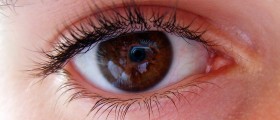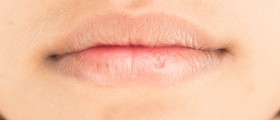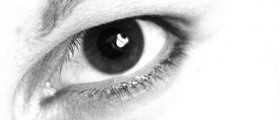
Blocked Tear Ducts
This problem is fairly common, affecting infants and not staying for a long period of time. It happens when the nasolacrimal duct is blocked for some reason, and this duct helps the tears to get to the nasal cavity from the eyes. Do not think that this problem affects crying in some way, because tears will be present, but the drainage is impaired. This problem affects every fifth infant. The problem with blocked tear ducts sometimes cannot be visible right after the birth, but only after the first month. The problem named dacryostenosis, can be present on one or both eyes. The most common symptom associated with this problem is watery eyes. The tears will not be able to be drained, so they will start dripping from the eyes on the cheeks. This fluid looks like a mucus, since it is a mucoid material.
Causes of Blocked Tear Ducts
The lacrimal gland is responsible for the production of tears. After the production, the eyelids will move them across the eyes, thus lubricating the eyes. The tears need to be moved into the ducts located in the corner of an eye, which is done when we blink. When they locate the duct, they pass through the nasolacrimal duct and reach the back area of the nose. In some cases, the duct of an infant can be partially closed. When the blockage is complete, a small membrane is the culprit. This membrane will be opened when the time comes, since it opens when the child develops sufficiently, which usually occurs around the first birthday.
Treatment
We have mentioned that this problem does not require treatment, since it resolves naturally. In 5% of cases of blocked tear ducts, the problem persists. If you visit a doctor for advice, they will probably prescribe antibiotic creams to apply and they will advise you to keep the eye area clean. Another good advice is the massage of the upper region of nasolacrimal duct named lacrimal sac. This may increase the time needed for the membrane to open. We have said that, sometimes the problem will not disappear on its own, and if this happens, treatment called probe and irrigation will be performed. This procedure involves a metal instrument used for opening the membrane. This procedure is very efficient and involves no pain since general anesthesia is used. If this is unsuccessful, ways of resolving the problem include surgery which will have a purpose to create the new passage or a balloon for stretching the duct. While some wait for the problem to disappear on its own, some resolve the problem with probing treatment. It is efficient, it uses topical medication and doing it while infancy has its advantages. The baby will be easy to control, while child will require anesthesia since sometimes it cannot be controlled.

















Your thoughts on this
Loading...